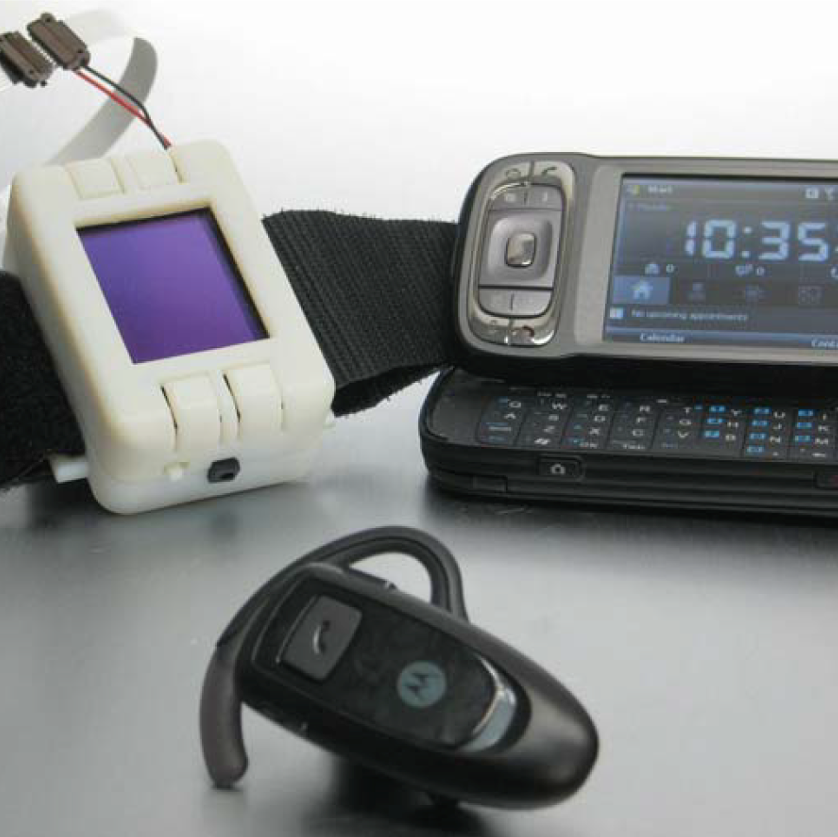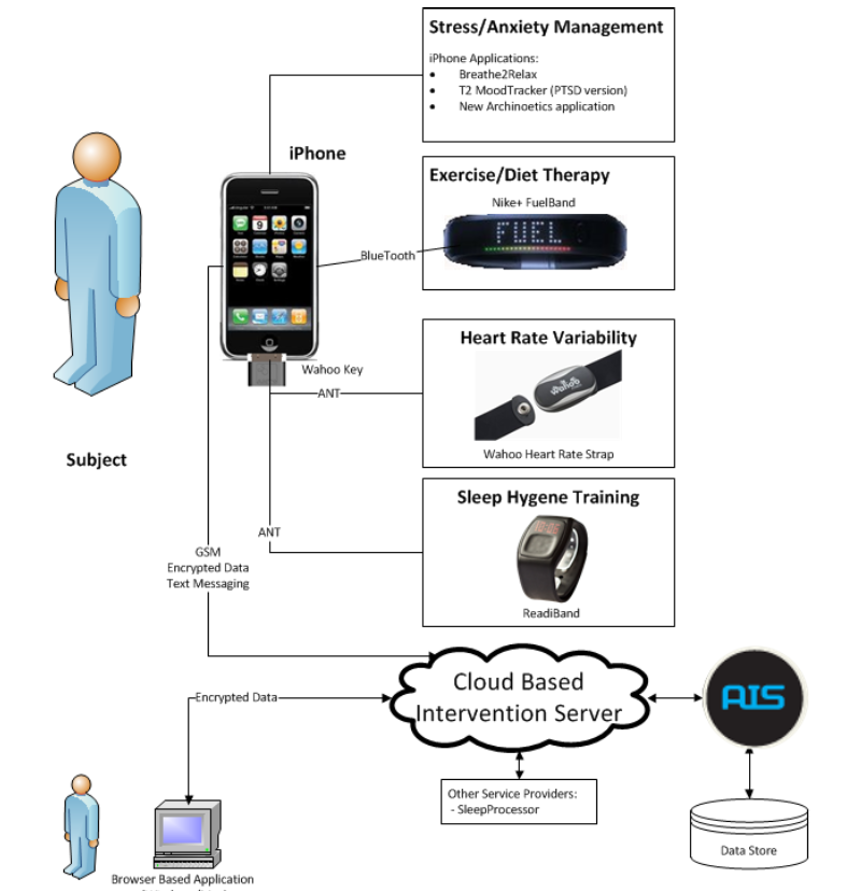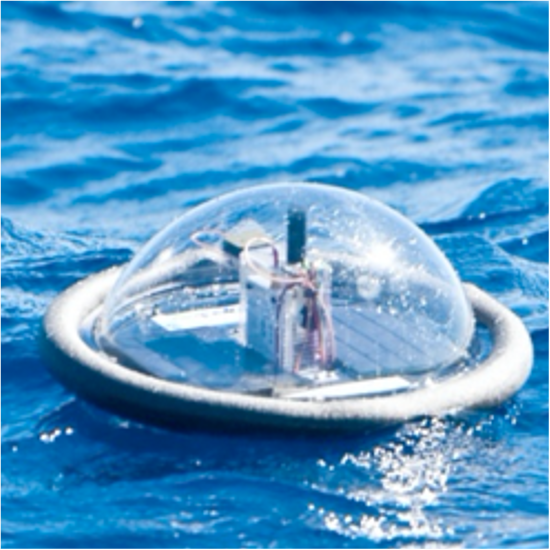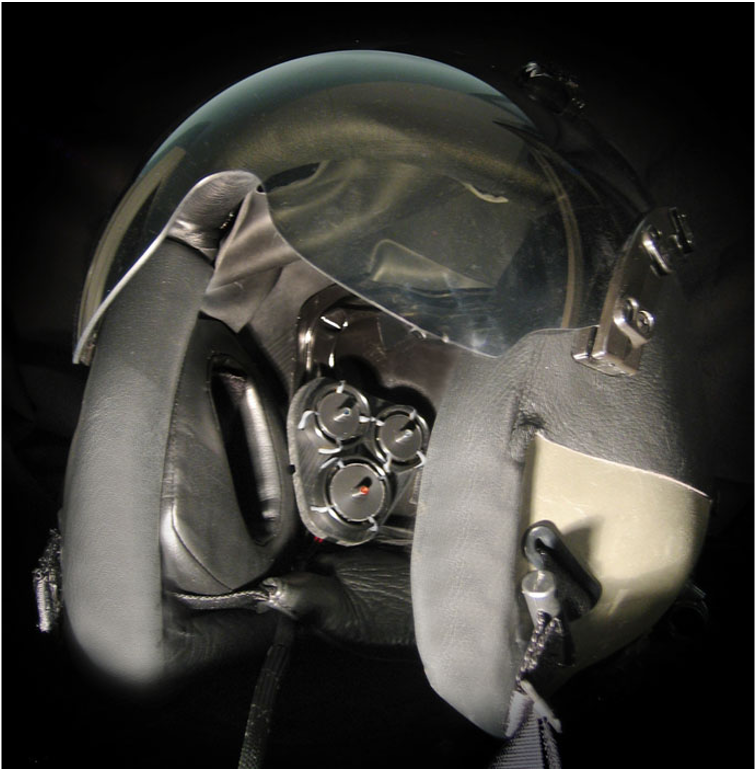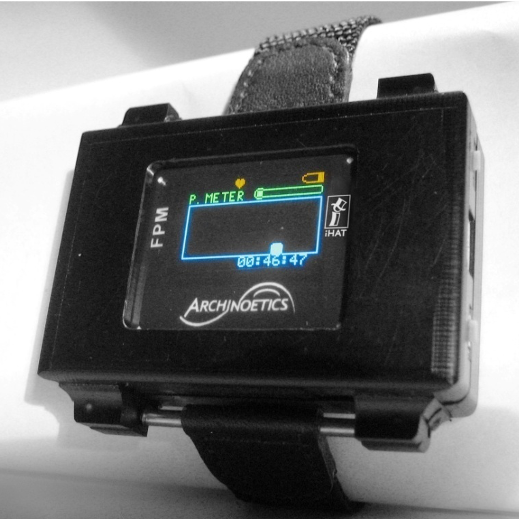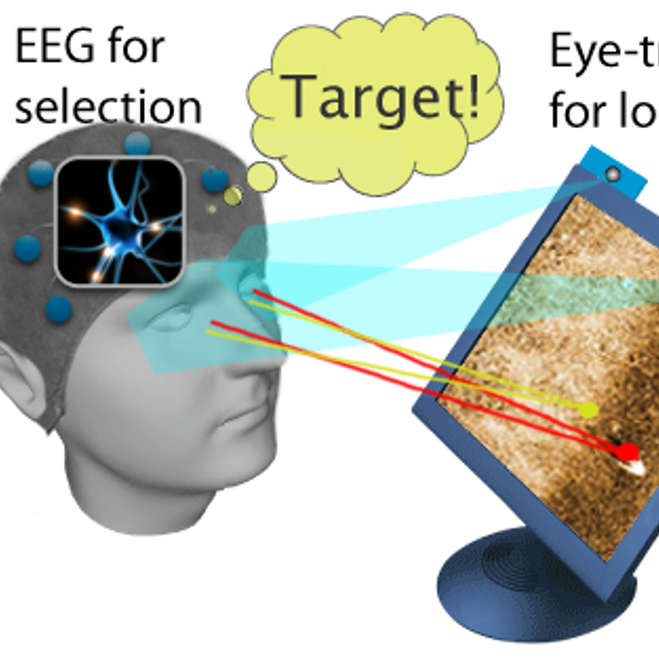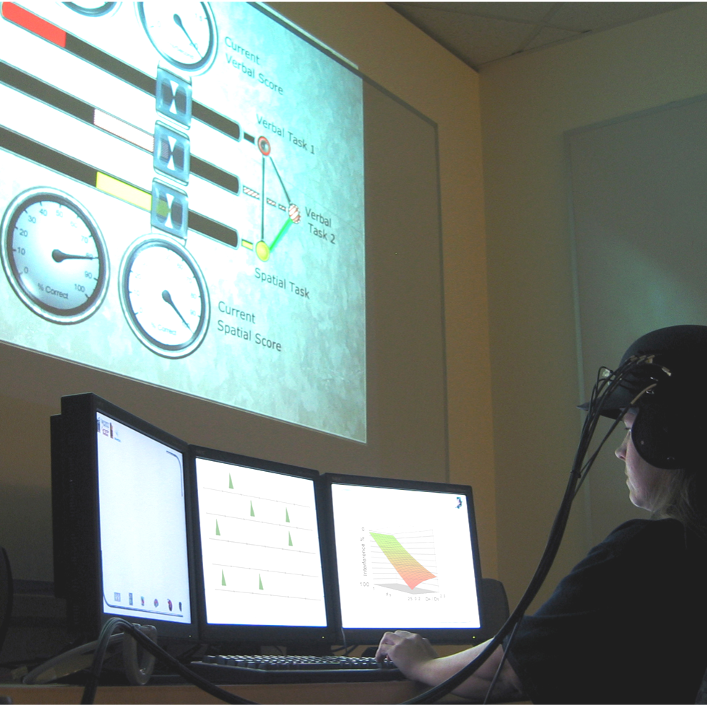The Challenge Traumatic brain injury (TBI) is a common injury (some call it the ‘signature’ injury) in the Global War on Terrorism suffered by our armed forces. Alarmingly, 59% of patients at Walter Reed Army Medical Center who were involved in a blast have been given a diagnosis of TBI (Okie, 2008). The increase in treatment… Continue reading Traumatic Brain Injury Systems
Traumatic Brain Injury Systems
